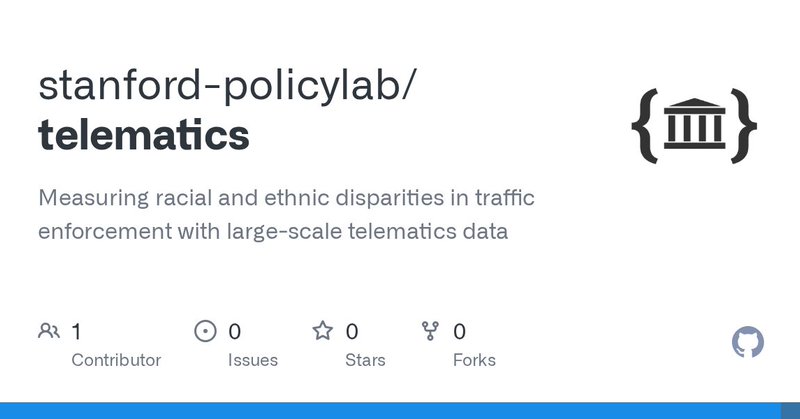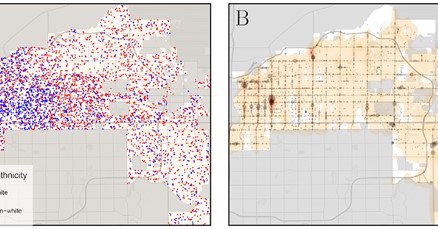
William Cai
@iamwillcai
Followers
209
Following
167
Media
5
Statuses
103
I think about equity in (algorithmic) decision making. PhD student @stanford @comppolicylab
Joined March 2012
RT @jakehofman: attn nyc undergrads: applications are open for our 11th annual data science summer school at @MSFTResearch nyc!. apply here….
microsoft.com
Microsoft Research New York City’s Data Science Summer School (DS3) is an intensive hands-on introduction to data science for NYC-area undergraduate students who are interested in attending graduate...
0
20
0
We hope our work will be of use to practitioners who seek to improve and reform traffic enforcement systems, and support ongoing efforts to improve equity broadly. Full paper: Analysis code:
github.com
Measuring racial and ethnic disparities in traffic enforcement with large-scale telematics data - stanford-policylab/telematics
0
0
4
Huge thanks to my co-authors, without whom this project wouldn’t have been possible: @jgaeb1, Justin Kaashoek, Lisa Pinals, @samrmadden, and @5harad.
1
0
3
Our new paper in PNAS Nexus finds that, while drivers themselves speed as much in white neighborhoods as non-white neighborhoods, speeding enforcement varies a great deal. Paper ( + thread:.w/@jgaeb1, Justin Kaashoek, Lisa Pinals, @samrmadden, and @5harad.
academic.oup.com
Abstract. Past studies have found that racial and ethnic minorities are more likely than White drivers to be pulled over by the police for alleged traffic
1
8
40





